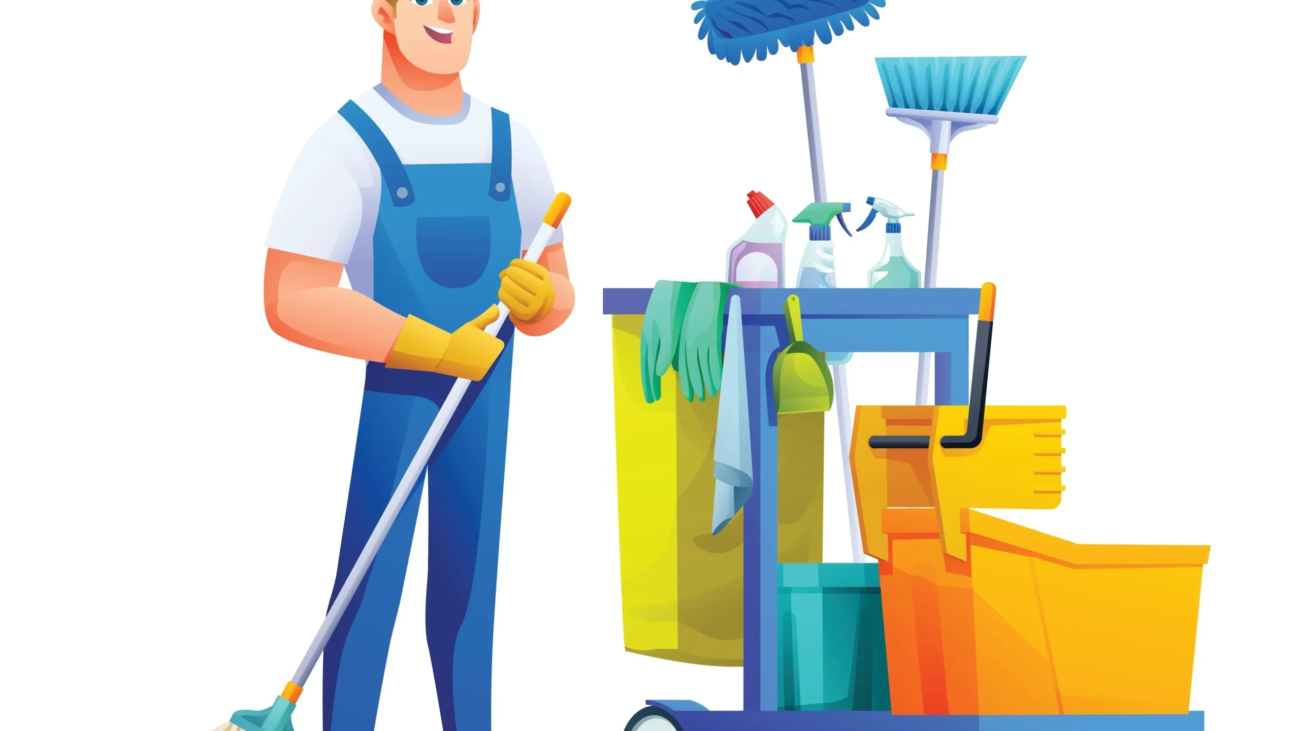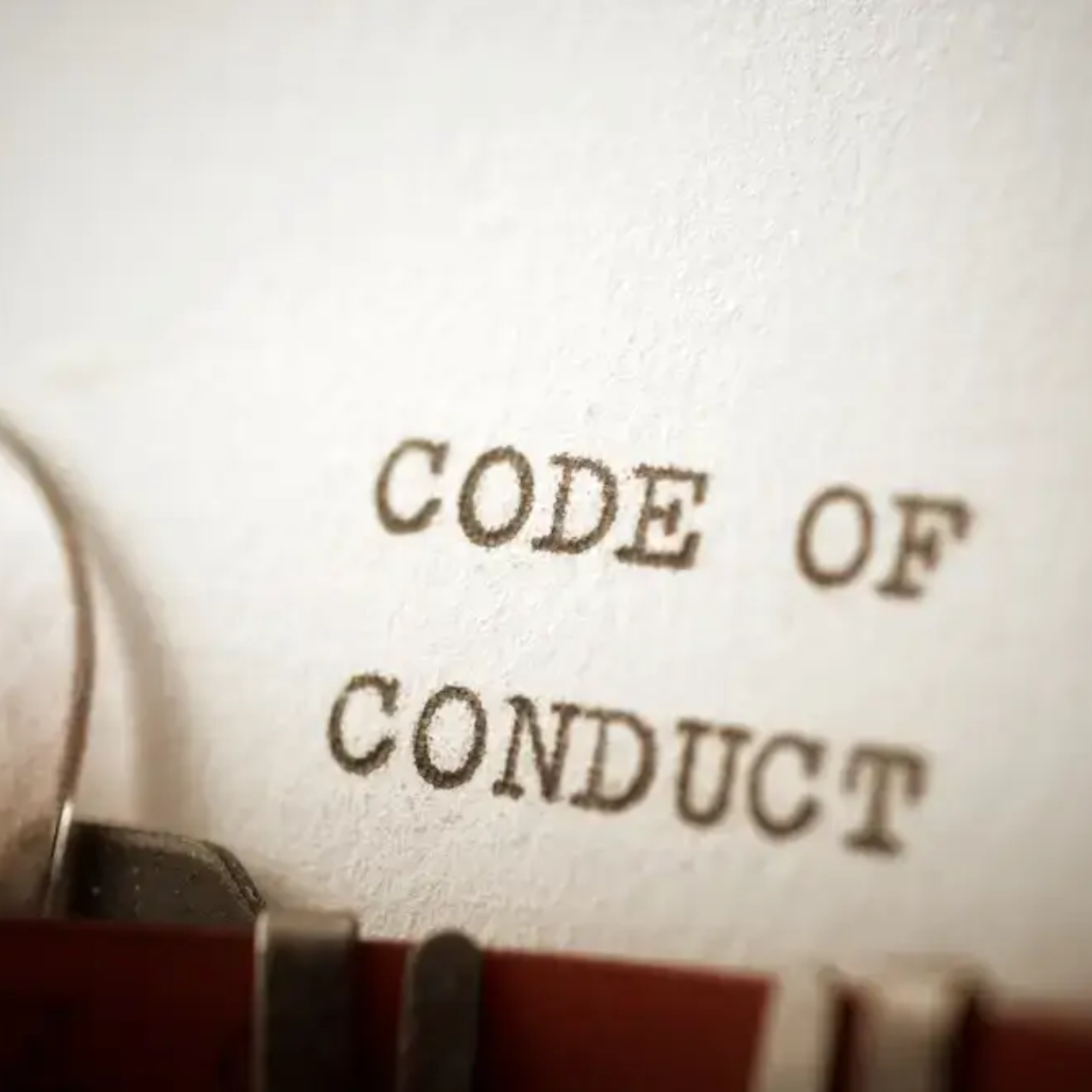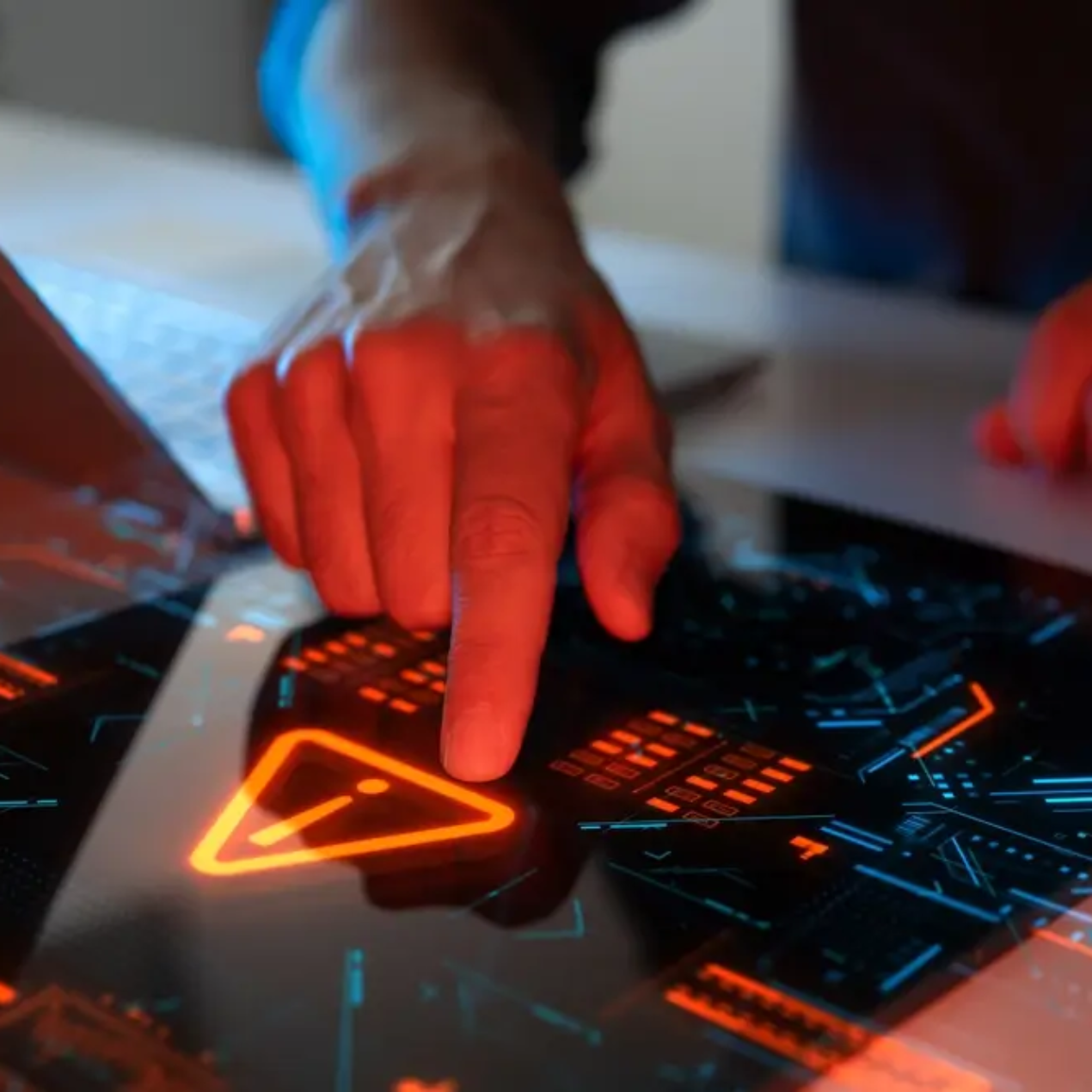Cleaning validation is a key part of pharmaceutical and medical device manufacturing. It proves that the equipment is clean enough before it is used again. One important step in cleaning validation is sampling, checking equipment for leftover product or cleaning agents.
But if sampling is done the wrong way, it can lead to false results, cross-contamination, regulatory problems, or even product recalls.
This guide will show you the most common mistakes made during cleaning validation sampling, and how to avoid them with simple, smart steps.
1. Picking the Wrong Sampling Method
There are two main ways to collect samples during cleaning validation:
- Swab sampling – done by wiping a small surface area with a swab
- Rinse sampling – done by collecting water or solvent that has rinsed the equipment
Common mistake: Using only one method without checking if it fits the equipment design.
Better approach:
Use swab sampling for direct contact surfaces like tanks, mixers, or flat metal parts. Use rinse sampling for pipes, spray balls, or parts that are hard to reach. Sometimes both methods are used together for stronger results.
2. Swabbing the Wrong Way
Many people think swabbing is easy, but it’s often done poorly.
Common mistakes include:
- Pressing too lightly or too hard
- Swabbing too fast
- Missing corners and edges
- Not swabbing the full area
Better approach:
Train team members to swab with steady pressure, in straight lines, covering the area fully. Turn the swab over to use all sides. Swab in a consistent pattern, such as “up and down” and then “left to right.”
3. Choosing the Wrong Locations
Cleaning validation must include “worst-case” areas, places that are hardest to clean.
Common mistake: Picking easy or clean-looking spots to sample.
Better approach:
Sample parts that are:
- Hard to reach (like crevices or gaskets)
- Known to collect residue
- Cleaned manually instead of automatically
Use equipment drawings and past results to pick the right spots.
4. Touching or Contaminating Samples
Samples must be handled carefully. Any outside contact can change the result.
Common mistakes include:
- Touching swab tips with fingers
- Using dirty gloves
- Placing samples in unclean containers
- Letting samples sit for too long
Better approach:
Always use clean gloves. Do not touch the part of the swab that touches the surface. Use sterile containers. If samples are not tested right away, store them in a cool place or follow lab timing rules.
5. Forgetting Recovery Studies
Recovery studies test how much residue can actually be picked up using a swab or rinse. Without these studies, your test numbers may be misleading.
Common mistake: Trusting the results without knowing how well the method works.
Better approach:
Do recovery studies before real testing. Add a known amount of residue to a clean surface, then try to recover it. If your method recovers 80% of it, you know what to expect in real tests. Recovery above 70% is often acceptable.
6. Reusing Dirty Sampling Tools
Some companies reuse bottles, swab holders, or gloves between samples. This adds a risk of contamination.
Common mistake: Using tools more than once without cleaning.
Better approach:
Use single-use tools when possible. If tools must be reused, clean and sanitize them properly before each use. Keep records to show that tools were cleaned.
7. Writing Poor Labels
Bad labeling leads to mix-ups and confusion.
Common mistakes include:
- Handwritten labels that fade or smudge
- Missing details like equipment ID or date
- Using sticky notes instead of proper labels
Better approach:
Use waterproof printed labels when possible. Include:
- Equipment name and number
- Sampling point
- Date and time
- Person’s initials
Always double-check before placing the label.
8. Incomplete Documentation
Sampling is not just about collecting, it must be fully recorded.
Common mistakes include:
- Missing operator initials
- No link between sample and test
- Forgetting to record time, method, or location
Better approach:
Use approved sampling forms. Always fill in:
- Sample ID
- Equipment details
- Sample type (swab or rinse)
- Who collected it and when
- Any unusual observations
Attach test results to these forms. Never leave blanks.
9. Sampling at the Wrong Time
Timing matters. Sampling too soon or too late can affect the result.
Common mistake: Taking samples right after cleaning or after too long a delay.
Better approach:
Wait for surfaces to dry before sampling, often 1 to 2 hours. Don’t wait too long, as that can allow dust or microbes to settle. Follow your SOPs about when to sample after cleaning is done.
10. Skipping Visual Inspection
Visual checks help confirm that equipment looks clean before testing.
Common mistake: Skipping this step or failing to record it.
Better approach:
Before sampling, look at the equipment closely. If there is visible residue, don’t collect a sample, report the issue. Always note that a visual check was done and what was seen.
Summary Table: Top Mistakes and Fixes
| Mistake | Better Practice |
| Wrong sampling method | Pick method based on equipment type |
| Poor swabbing technique | Train team, follow swabbing pattern |
| Sampling easy spots | Focus on hard-to-clean locations |
| Sample contamination | Use gloves, sterile tools, avoid touching swab |
| No recovery study | Run tests to check swab/rinse recovery |
| Reusing tools | Use disposable or cleaned tools only |
| Weak labeling | Use full printed labels with all details |
| Incomplete documentation | Fill all fields, attach results |
| Bad timing | Follow proper wait times |
| No visual check | Always inspect and record what you saw |
Conclusion
Cleaning validation sampling is not just a technical step, it is a critical part of patient safety. Small mistakes in sampling can lead to big problems like cross-contamination, wrong test results, or failed audits.
The good news? These mistakes are easy to fix. With better training, clear SOPs, and good habits, your team can collect samples the right way every time.
Simple care at this step protects your product, your process, and the people who use your medicines.





